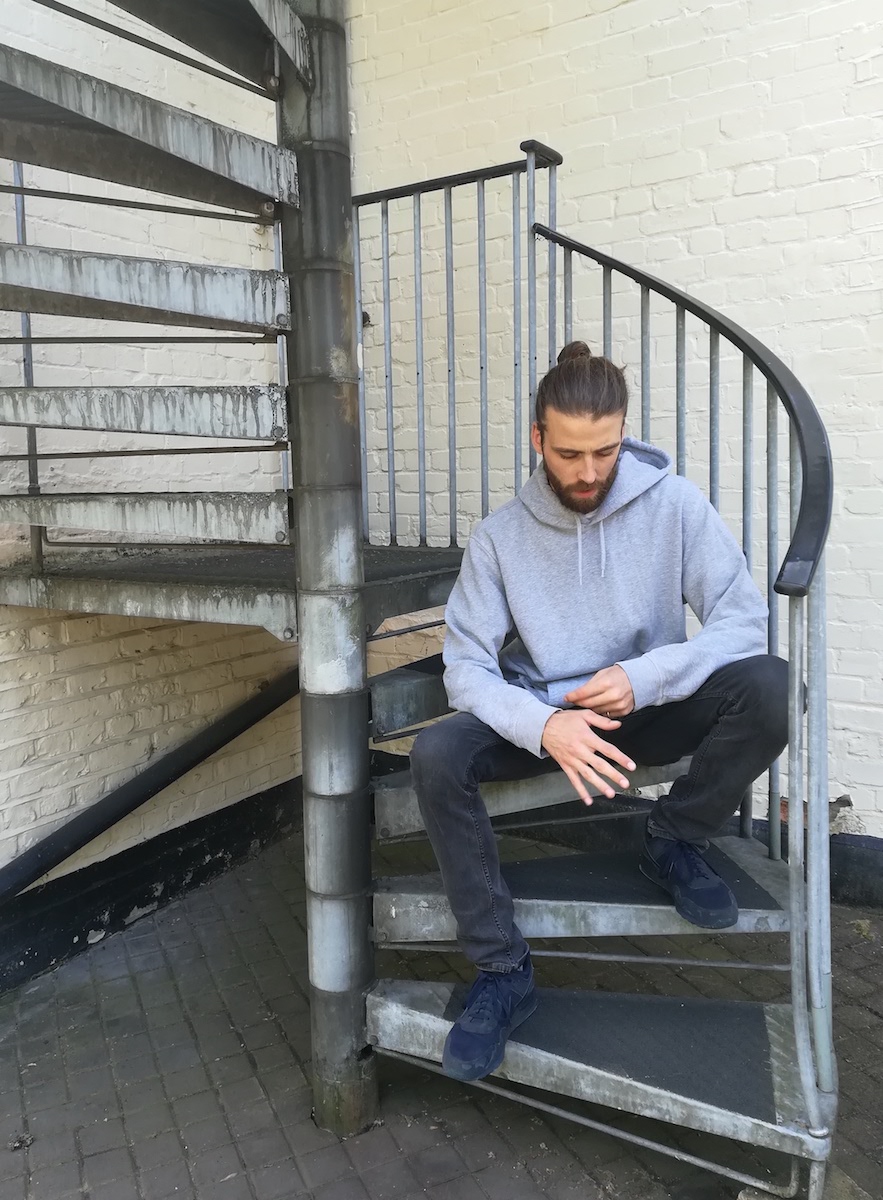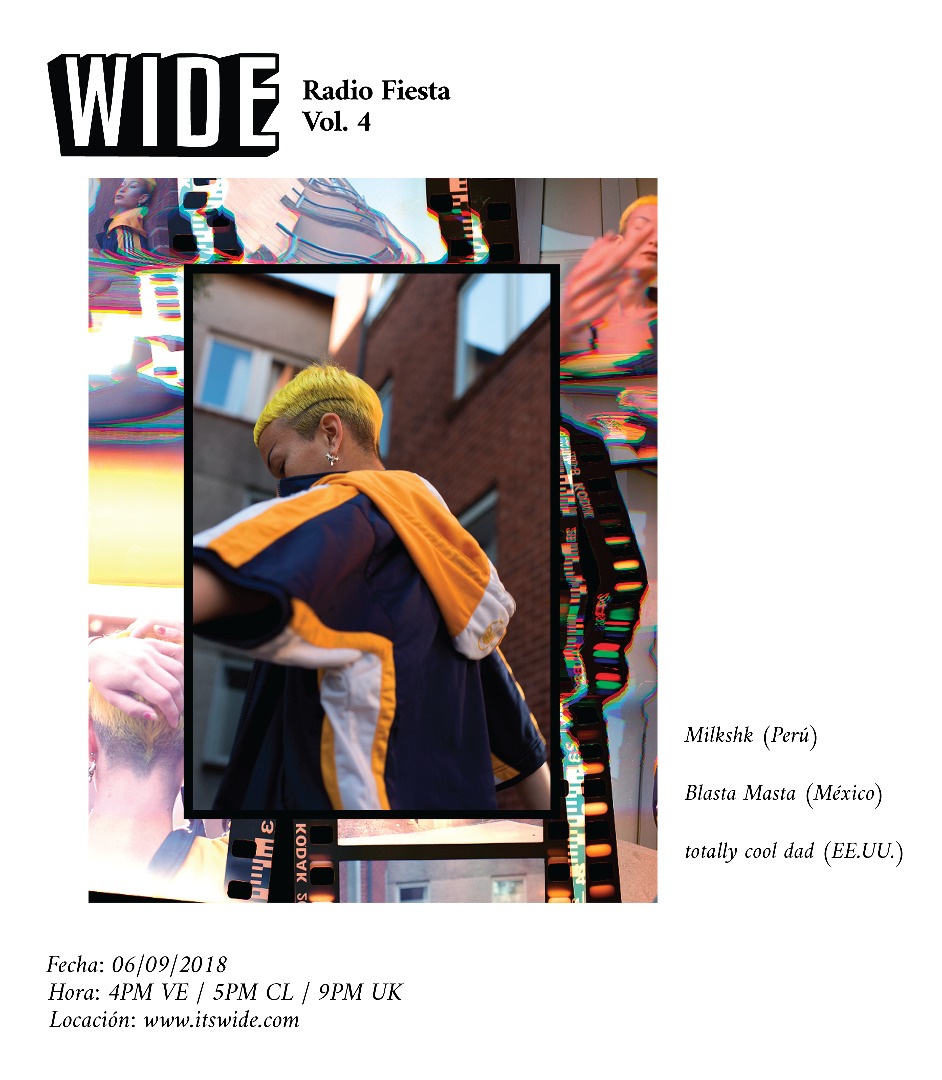Ekhe in The 8 Playlist: songs for beautiful and mad rhythms
We had little chat with UK’s talented producer Ekhe about his latest two releases and his trajectory as a musician and producer. He shared a very technically detailed playlist of his favourite tracks with odd time signatures with us.
As his audience is only starting to grow, we approached him via e-mail to give him the “basic emerging artist go-around”, and we were greatly surprised to find a very earnest and detailed response to our questions. On his Spotify hype, Ekhe comments:
“You guys are probably a great example of how Spotify has helped; it allowed you guys to discover me on the other side of the world! So that’s saying something already. We worked hard on promoting the EP and got so lucky Spotify selected me into two editorial playlists followed by millions of people, this really helped our campaign. Quite incredible for a first EP, but of course I’ve got to keep working hard and generate more opportunities”

Cheers to new opportunities! And it would seem that, being as prolific and quite knowledgeable artist as he’s built himself to be, his first two releases are merely a tip-of-the-iceberg entrée of his repertoire, his creative capabilities and outlook.
How Ekhe came to be an artist
We got an insight of his formidable production capabilities by asking about how he came to be an artist.
Quite oddly, he took his first steps as your bread-and-butter guitar boy at age 10, doing Green Day and Jack White covers, and was influenced by the latter’s jamming-orientated ethos. Then Ekhe got classes on music technology at his Secondary School, turning into the proverbial bedroom producer.
“Even then I was making some pretty weird stuff and not necessarily influenced by anything in particular, but eventually, the more I got into electronic production, I ended up listening to quite a lot of heavy drum and bass (i.e. Spor) and also got very into Burial a bit later on.” – Ekhe
Nevertheless, his current project and disposition is the result of his university years:
““ … After school I went to Leeds College of Music in the UK, and that’s where I feel everything really kicked off, though. I started producing music with a friend under Capua Collective, downtempo electronica kind of like Four-Tet or early Bonobo, and we started a live band too. All this got me into sampling, analog synthesis and live performance, but it was missing the “dark heaviness” that I loved in the drum and bass I used to listen to and the heavy metal I listen to now, so starting my own solo project allowed me to start exploring that side of my musical mind properly.”
Which sort of explains his abundant production. On the almost nonexistent latency between his Octopush and Go/Yon EPs, Ekhe explains how his experiments on synthesizer and constant engagement in creative projects allowed him to develop an extensive track collection:
““I’d been building up a catalogue of music for a bit of time before both these releases, exploring slightly different styles of music.”
Different styles of music but all with the same sound pallette
“I’d recently bought a Moog Mother 32, and had bought a Roland Juno 6 a few years before whilst playing with Capua Collective, and I wanted to put my synthesis skills to the test so I tried to make a load of music with all the sounds made of just these 2 synths (“Terracotta Goose Shaped Rhyton” is actually the only tune from both eps that uses more sounds than just the synths).
So this is why I had made a lot of music, and then at the beginning of 2018 I was like, «I want to release this music!!» So I got in touch with some friends to see how we could do that. Kindergabber head Emma started the label to release Octopush which is amazing, and my mate Jay was really keen to release some of the music on his own label too, so that’s how I ended up with 2 releases this half of the year!”
Continuing the long revered tradition of squeezing entire albums out of minimal gear setups. Funnily enough, when it comes to composition he’s crystal clear about where his penchant for polyrhythms stemmed from, although he’s not so sure on how Ekhe came to root for Balkan music, which shaped both his EPs.
“I can’t quite remember how I got into Eastern music, but it wasn’t from living in London. It started when I visited my godfather in Lebanon and he bought me an Oud (Arabic lute). I also took a few classes in Indian rhythm whilst at uni, and by that stage I was really into a band called Meshuggah who deal pretty much exclusively with polyrhythms. All of this lead me to look for new rhythmic traditions to draw influences from and that was when I discovered about the complex nature of balkan rhythms and the massive amounts of arabic rhythmic modes, known as Iqa’at.”


Upon asking him about the development of his album’s artwork, we get the feeling like it’s a fine age for small-scale independent labels, scratching the itchy spot on our heads which phrenologists have named the “I hope multinational corporations die out” area. Besides this apparent transformation in the way that the media is produced and released there’s the added benefit of a warmer and more human way of relating in creative entreprises:
“When it comes to the releases, the artwork tends to be out of my domain. I just try and get some examples of artwork I’m particularly enjoying at the time and see whether artists are happy to work in these styles. I’m a particular fan of the Octopush artwork. Once again, Kindergabber boss Emma added her own creative style to the mix, creating the collage herself with photographs by Polish photographer and architect Tomasz Berezowski and more photos by Nick George, and then she also collected loads of real plants from London parks. I really think the artwork reflects the process behind the release; the fact that the label was started in order to release the music it draws from a few peoples skills, blending together our knowledge to essentially release something new organically, and not off the back of an already reputable label.”
Regardless of this newcomers’ Indie attitude he seems quite knowledgeable in regards to the country’s musical milieu. When asked how he felt about the UK’s competitive music scene and capturing the interest of attention-span crippled millennials, he gave us surprisingly level and focused answers::
“I suppose it is tough to make yourself known in this market, as there are so many people involved in it! The main thing that has helped me so far is working with a manager. It helps keep me focused on the business side of things, which is important if you want to make a career out of your passion.”

“It’s very easy for me to just get distracted with making music. But the extra support and focus in areas like marketing really help to get that music noticed. That’s not specific to London though, and I’d say it’s hard to have a specific strategy for the one city. The main thing is to stay present within the community you want to thrive in and keep being yourself. Both musically and personally, as the personal side is what comes through in a live show and that’s really the way to start getting people noticing what you’re doing.
I’ve played a few live shows recently, which have been really fun and a great way to connect with the scene. But when I play I use all my gear, and that becomes kind of demanding when you need to travel to shows. I’m going to be taking up DJing a lot more in the future to really keep involved in the London left-field music scene.”
Here’s crossing our fingers for many gigs and DJ shows in the near future, as well as many more excellent albums as we’ve (very quickly) come to expect. In the meantime, here’s a nifty little playlist curated and commented by Ekhe himself. Enjoy!
«I’ve gone for a range of music here, but all have strange rhythmic properties which as I’ve mentioned drives my musical interest. Each piece is either in an odd time signature, or uses polyrhythms as one of the main parts of the piece».
8 songs for beautiful and mad rhythms:




